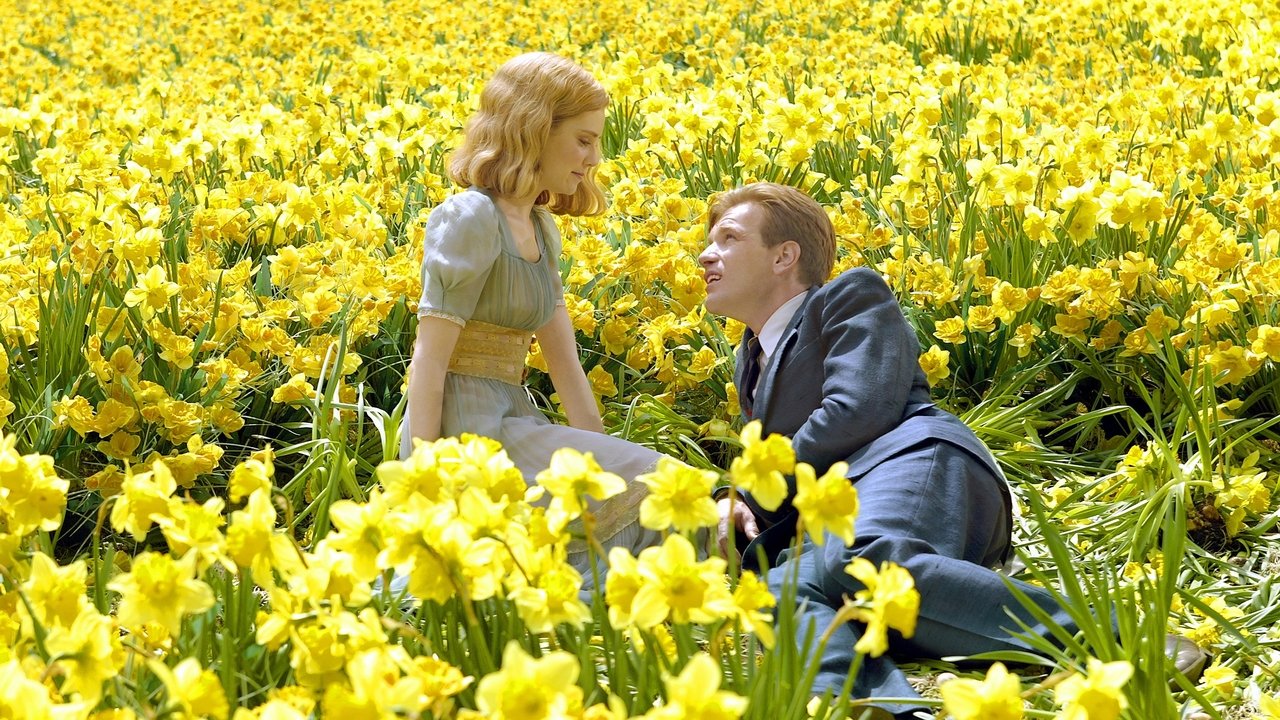
Big Fish
Tim Burton’s Big Fish melds tall tales and tender drama into a bittersweet meditation on myth and memory. This review dissects its visual whimsy, narrative layering, musical choices, character interplay, and thematic richness.
Visual Style
Burton applies his signature fantastical palette—rich reds, dreamy blues, and exaggerated set designs—to craft vignettes that feel like living storybook illustrations, from the witch’s house to the circus.
Narrative Structure
The film frames Edward Bloom’s larger-than-life anecdotes through his estranged son’s investigative journey. Nonlinear flashbacks layer mythic episodes—giants, werewolves, mermaids—against the emotional quest for paternal truth.
Music & Sound
Danny Elfman’s lyrical score underpins both the magical and the poignant, weaving motifs that recall classic Burton–Elfman collaborations, while source tracks ground the story in mid-century Americana.
Character Development
Ewan McGregor’s youthful Edward exudes exuberance, contrasting with Albert Finney’s older Bloom’s wistful nostalgia. Billy Crudup’s skeptical son provides the grounding perspective, his evolution reflecting the reconciliation of myth and reality.
Thematic Resonance
Big Fish ponders the nature of storytelling itself—how fabrications can reveal deeper truths—and the bonds between fathers and sons. It celebrates imagination as a means of shaping identity.
Final Thoughts
Equal parts fable and family drama, Big Fish invites viewers to embrace life’s grand narratives while honoring the heartbeats beneath the legend.